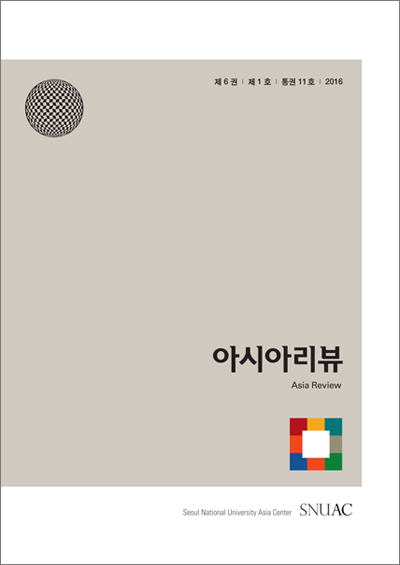During the Cold War, when the bipolar pattern between the United States and the Soviet Union was at the center of global geopolitics, Beijing was undoubtedly an ally of Moscow from the early 1950s. However, the deteriora tion of Sino-Soviet relations in the 1960s placed Communist China in jeopardy due to its rivalry with the world’s two most powerful countries. For fear of an invasion (either from the Soviet Union or the United States), war preparedness became a top priority in the mid-1960s for policymakers at the center of the Chinese Communist Party (CCP), especially for Mao. It was the background for the movement of Third Front projects (三线建设), in which large numbers of factories focusing on national defense or heavy industry were relocated from coastal to hinterland areas, mainly in South western and Northwestern China, known as the Third Front areas in national security. Fueled by large amounts of personnel and resources, the Third Front projects continued running in the hinterland for at least two decades.
However, the significance of the Third Front projects dissolved with detente of U.S.–China relations in the 1970s and then with the Soviet Union’s collapse in the early 1990s. After the end of the Cold War, China abandoned the Third Front projects as a national policy. Following this transformation, most Third Front factories experienced restructuring, relocation, or even bankruptcy. The Third Front projects gradually became a dust-laden event in the history of Communist China. However, their influences, both at the state and individual levels, are keeping this movement alive.
As the noticeable expansion of visitors to Shaoshan (Mao’s hometown)demonstrates, nowadays, the nostalgia for the Maoist era is enjoying ever greater popularity in China. Recollections from individuals who participated in the Third Front projects adds significantly to Maoist era nostalgia. This bottom-up trend among Chinese people coincides and is further stimulated by the top-down propaganda of re-evaluating the Maoist era more positively. Both transformations are promoting the rebirth of nationalist fervor in today’s China.

